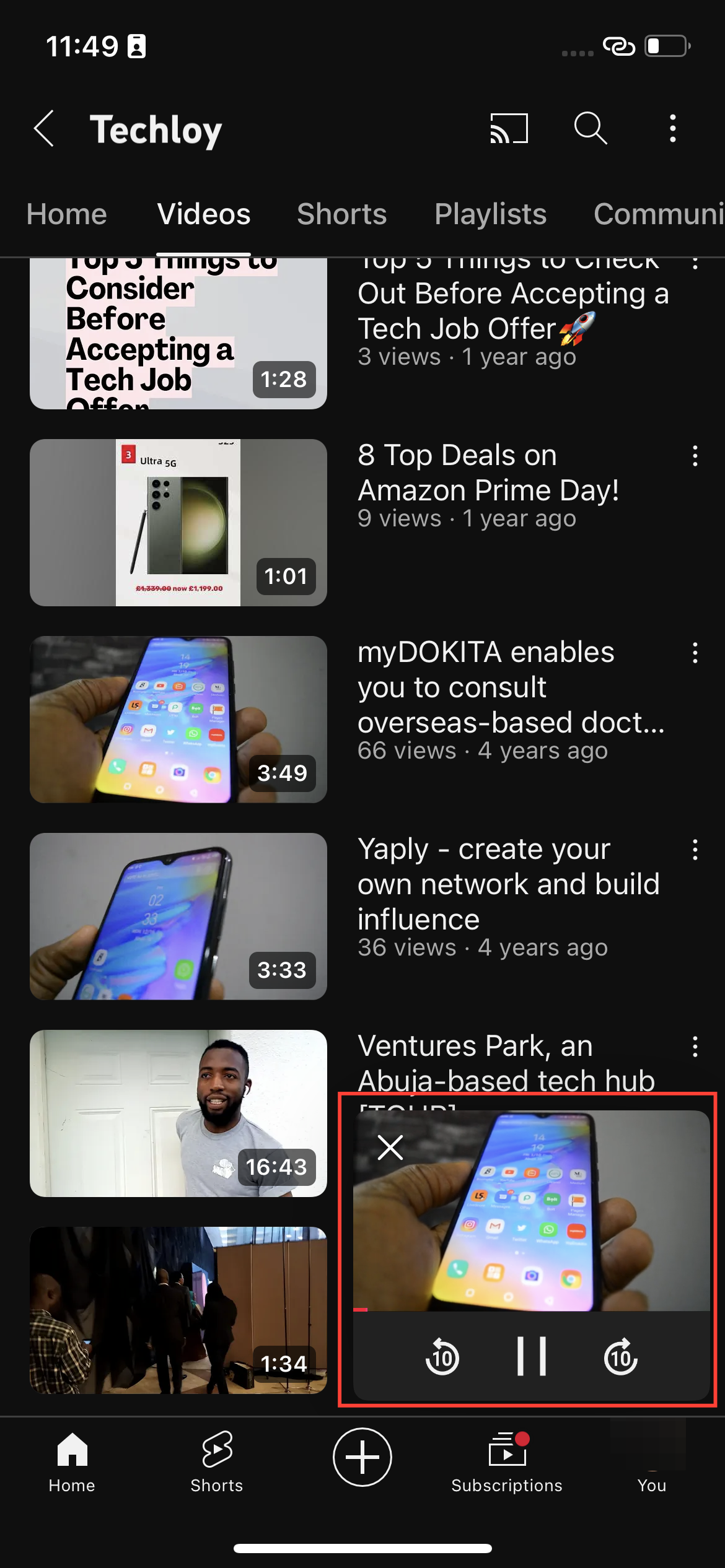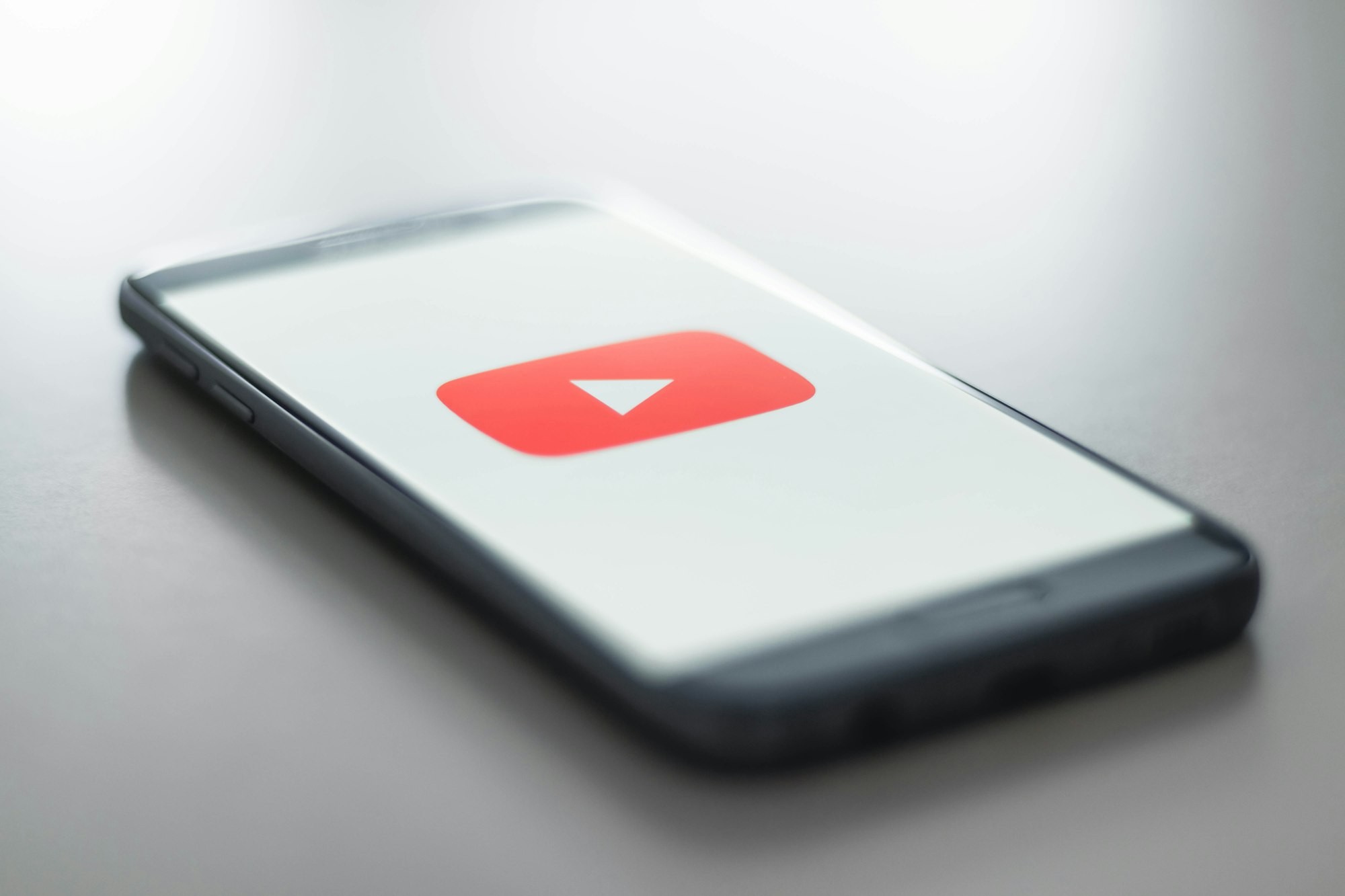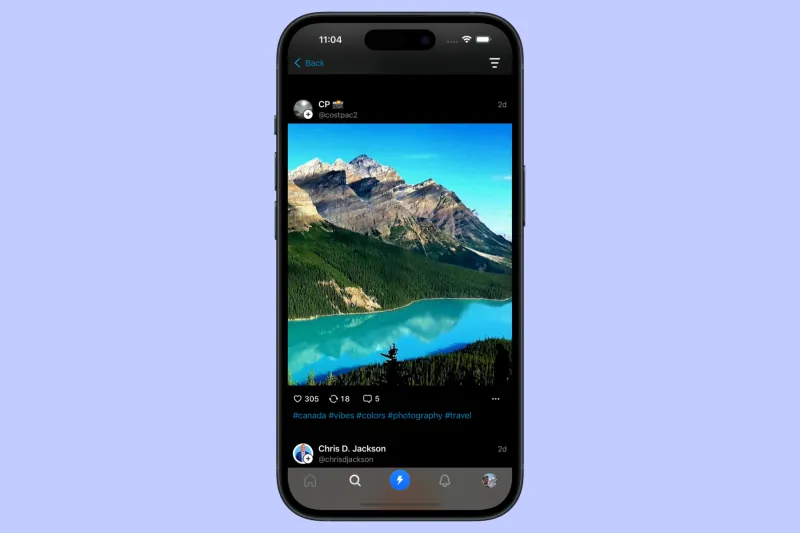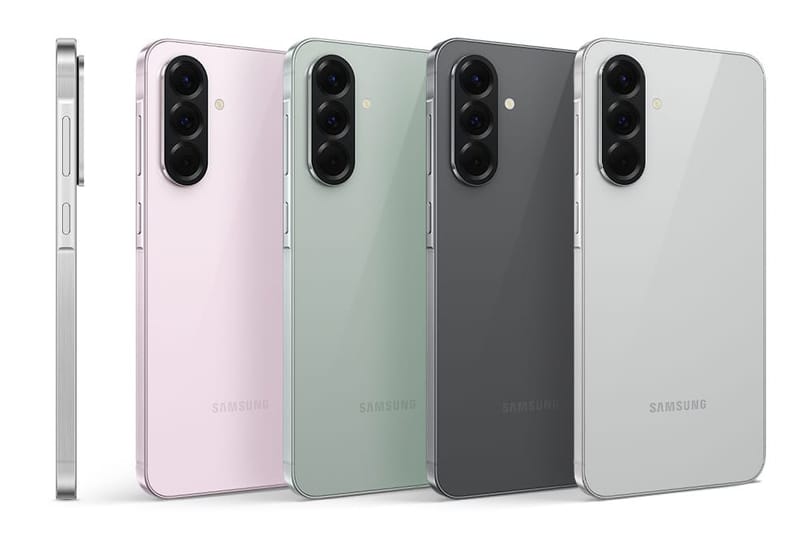YouTube reportedly rolls back miniplayer redesign after user backlash
Users running version 19.45.36 of the YouTube app on devices like the Pixel 9 Pro have noticed the return of the classic miniplayer, though it hasn’t rolled out to everyone yet.
YouTube is rolling back its recent miniplayer redesign for some users after widespread dissatisfaction with the changes. The redesigned miniplayer, introduced earlier this year to Android and iOS, allowed users to resize it with a double-tap and move it to any corner of the screen.
While the intention was to add flexibility, many users found the new design distracting and glitchy, with issues like disappearing controls further souring the experience. This prompted calls for the return of the simpler, more reliable classic miniplayer.

The rollback has brought back YouTube’s classic miniplayer, which features a fixed video window with basic play, pause, and close buttons. Reports from Android Police further confirm that users running version 19.45.36 of the YouTube app on devices like the Pixel 9 Pro have seen the classic miniplayer restored.
However, the change seems to be a server-side update, as some users, like me, with the same app version, are still stuck with the redesigned miniplayer. YouTube has yet to officially announce or comment on the rollback, leaving the extent of this update unclear.
Meanwhile, this isn't the only recent experiment from YouTube to face user frustration. The platform is also said to be testing a swipe-to-scroll feature for long-form videos on Android, which replaces the familiar swipe-down gesture to exit full-screen.
Like the miniplayer redesign, this change has drawn criticism from users who find it unintuitive and disruptive. Many argue that adapting navigation to resemble short-form platforms like YouTube Shorts and TikTok sacrifices usability for long-form content, which requires more focused interaction.
Overall, these experiments underscore YouTube’s push to create a unified experience across video formats, but they also highlight the challenges of implementing changes that satisfy a vast and diverse user base of ~2.7 billion people.
While YouTube’s decision to roll back the miniplayer redesign shows a willingness to adapt to feedback, the partial and device-dependent nature of the rollback indicates it may still be experimental.
Whether the swipe-to-scroll feature will meet the same fate as the miniplayer remains uncertain, but these updates reveal the growing tension between innovation and preserving established user habits.








